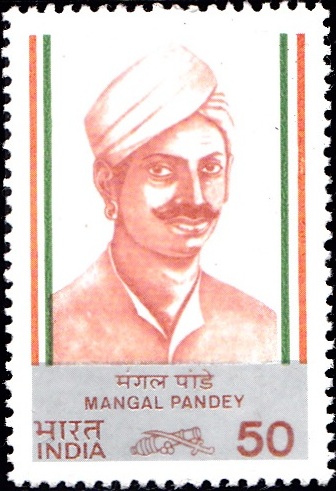
Mangal Pandey
A commemorative postage stamp on Mangal Pandey, an Indian soldier, played a key role in Indian rebellion of 1857 [a part of the series ‘India’s Struggle for Freedom‘] :
 Issued by India
Issued by India
Issued on May 10, 1984
Issued for : Indian Posts & Telegraphs Department is privileged to issue four commemorative stamps in the memory of these great Freedom Fighters.
Type : Stamp, Mint Condition
Colour : Single colour
Denomination : 50 Paise
Name : Mangal Pandey
Born on Jul 19, 1827 at Nagwa, Ballia district, Ceded and Conquered Provinces, Mughal empire [now in Uttar Pradesh, India]
Died on Apr 8, 1857 at Barrackpore, Calcutta, Bengal Province, British India [now in West Bengal]
About :
- The First War of Independence (1857-58) was the first general widespread uprising against the rule of the British East India Company. The Doctrine of Lapse, issue of cartridges greased with animal fat to Indian soldiers, introduction of British system of education and a number of social reforms had infuriated a very wide section of Indian people, who rose in revolt at a number of places all over India. The East India Company was brought under the direct rule of the British Crown as a result of this uprising.
- Of the very large number of freedom fighters, who led the struggle, four are being commemorated through the present series, which is a part of the larger series on India’s Struggle for Freedom.
- Mangal Pandey, a resident of Ballia, in Uttar Pradesh, was a soldier in the army of the British East India Company. At the time of the First War of Independence, the Company introduced new rifles, which used animal fat for greasing the cartridges. Influenced by the example of his compatriots in Behrampur, Mangal Pandey refused to use the greased cartridges and broke into open mutiny on March 29, 1857, at Barrackpore near Calcutta and used his comrades to join him. Surrounding by guards and European Officers, he tried to commit suicide by shooting himself and was seriously wounded. He was court-martialed on April 6 and hanged at Barrackpore on April 8, 1857.



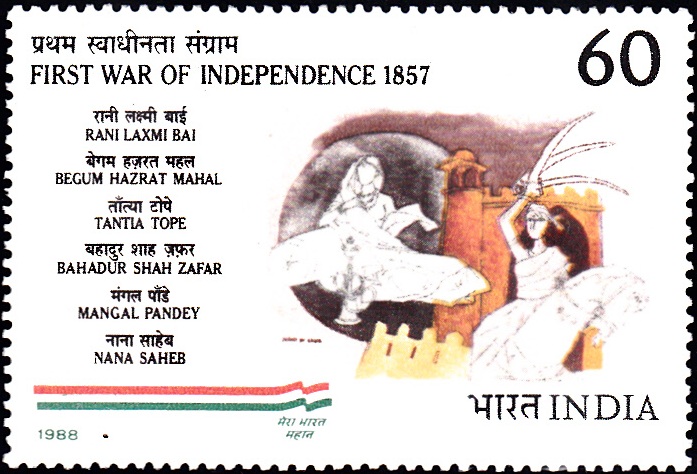
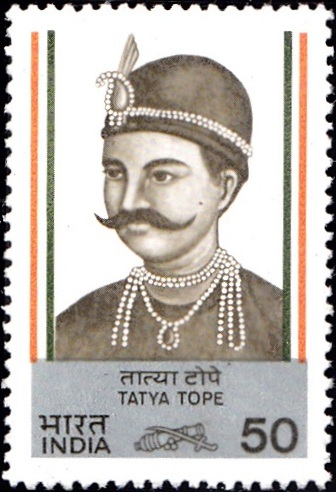
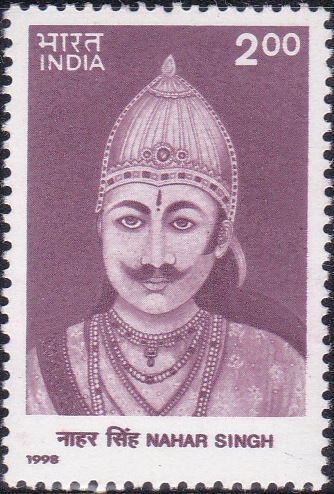
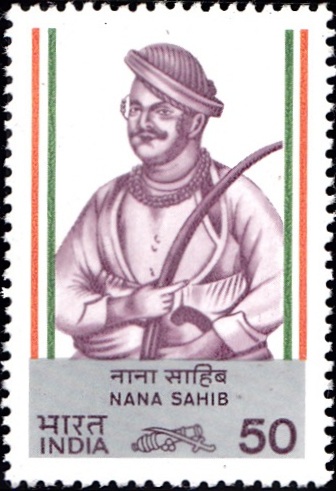
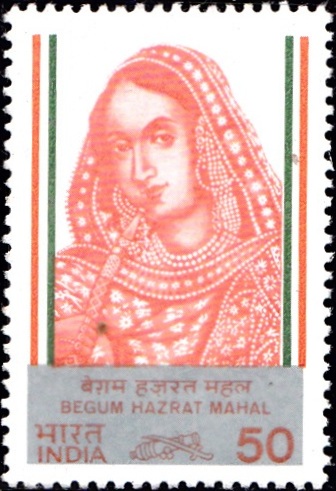
[…] leaders like Bahadur Shah Zafar, Rani Lakshmi Bai, Tantia Tope, Nana Saheb, Begum Hazrat Mahal, Mangal Pandey to wage war against a mighty foreign empire. These warriors came from all parts of the country and […]